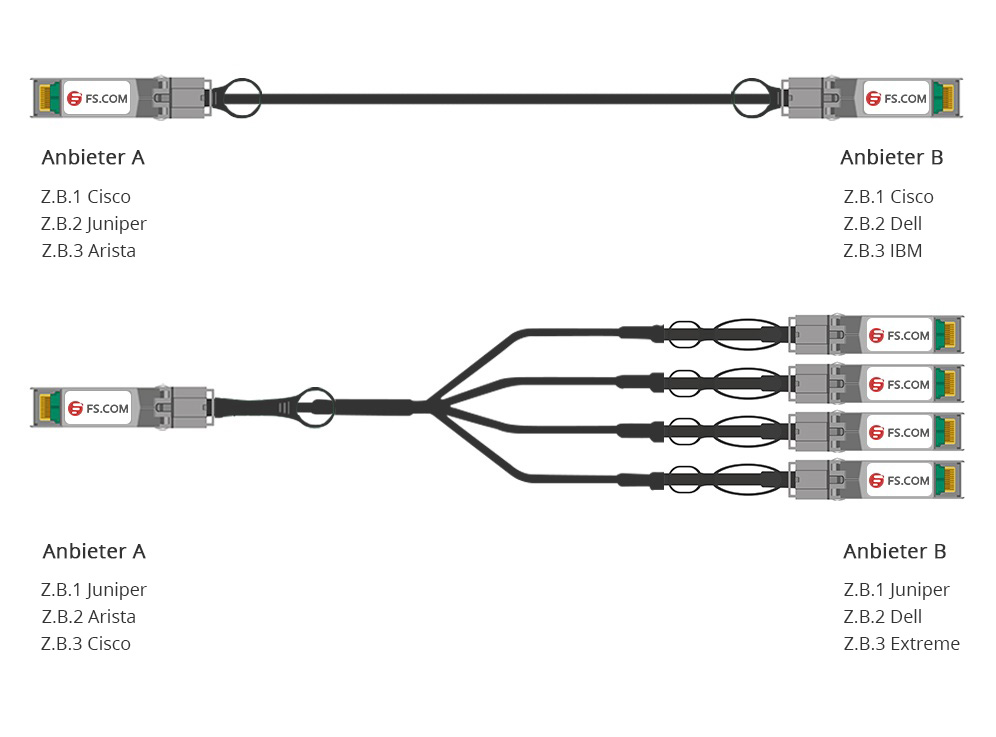


In this paper, we investigate why the goodput collapses even if MPTCP is able to actively relieve hot spots. However, we have found that MPTCP has a problem in terms of incast collapse where the receiver suffers a drastic goodput drop when it simultaneously requests data over multiple servers. Multipath TCP (MPTCP) has been proposed as a replacement for TCP in those topologies as it can efficiently offer improved throughput and better fairness. In recent years, dual-homed topologies have appeared in data centers in order to offer higher aggregate bandwidth by using multiple paths simultaneously. We qualitatively and quantitatively discuss the implications and opportunities that virtual traffic presents for network capacity planning of virtualized networks and datacenters. Last but not least, we conduct a mirroring analysis on service QoS, defined by the service unavailability induced by network related issues, e.g., loads. The second focus is on characterizing the effect of network multiplexing in terms of communication locality, traffic load heterogeneity, and the dependency on CPU processing power at the edges of the network. Our first focus is on uncovering the temporal and spatial characteristics of the virtual and physical traffic, i.e., network demand growth and communication patterns, with special attention paid to the traffic of migrating virtual machines. We use a large collection of field data from production datacenters hosting a large number of diversified services from multiple enterprise tenants. This paper provides a multi-faceted analysis of the patterns and impacts of multiplexing the virtual traffic onto the physical network, particularly from the perspective of the network edge. Given the plethora of prior art on virtualization technologies in datacenters, surprisingly little is still known about such virtual traffic, and its dependence on the physical network and virtual machines. Virtual traffic presents new opportunities for reducing physical network demands, as well as challenges of increasing management complexity.


The wide deployment of virtualization in datacenters catalyzes the emergence of virtual traffic that delivers the network demands between the physical network and the virtual machines hosting clients' services.


 0 kommentar(er)
0 kommentar(er)
